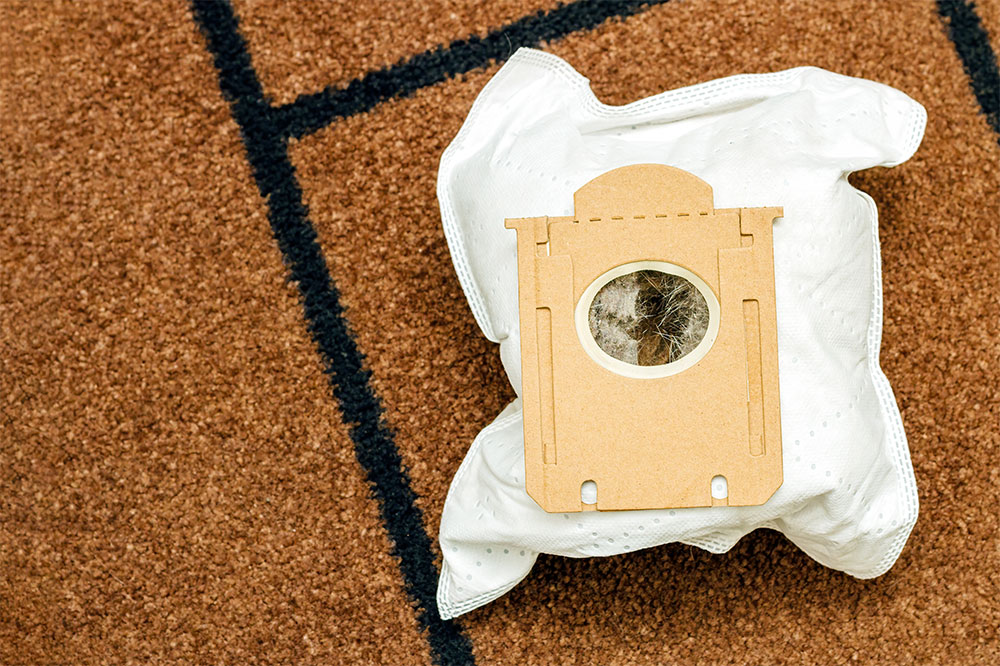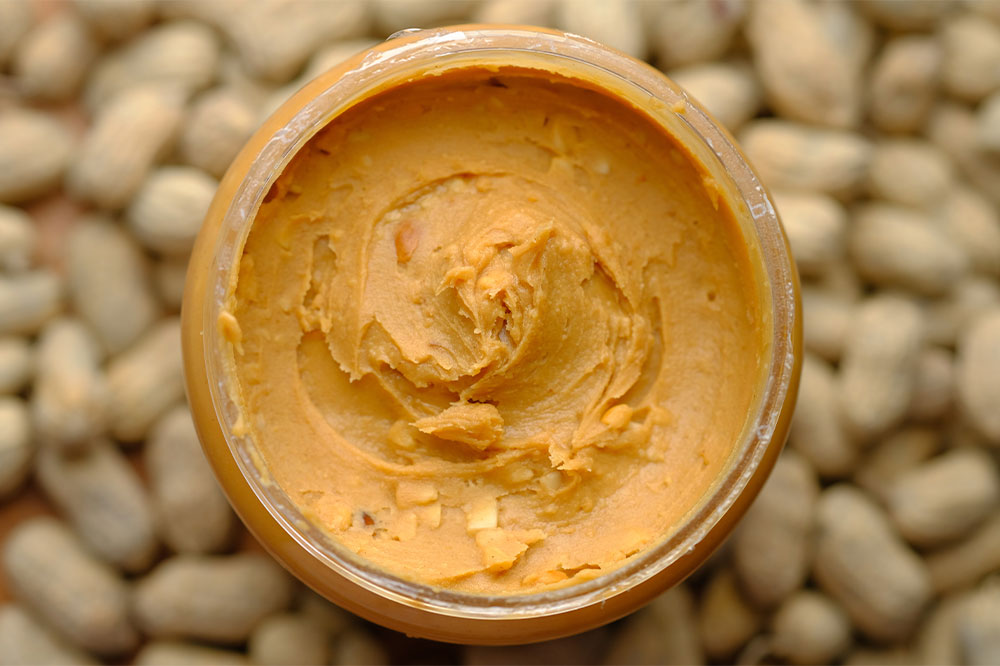9 things to know when applying for disability benefits

When dealing with a disability, timely assistance can go a long way in supporting daily lives. Applying for disability insurance and other benefits ensures that policyholders are financially covered if they are ever faced with a disability. Many of these benefits also support family members and caregivers of those with disabilities. However, to get the most out of these options, one should do their research and know what to expect while applying for disability benefits.
1. Eligibility criteria can vary
Different disability benefits programs offered by the government have different eligibility criteria, so it’s crucial to carefully check the criteria before applying. For example, Social Security Disability Insurance (SSDI) provides monthly benefits to those with disabilities, provided they cannot work for at least a year because of a health condition. Also, this benefit can be availed only by those who had been paying Social Security taxes on their incomes earlier. Also, the definition of disability should include the particular condition that one has. So, to save time and avoid getting rejected, one should verify whether they are eligible for the program before applying for it.
2. Providing accurate details is a priority
Usually, one may apply for disability benefits in person, online, or even on the phone. However, one should provide accurate information about the nature of the disability and other personal details, including spouse and children’s details, marital status, job history, any pre-existing health conditions, current health condition and diagnosis, etc. Any discrepancies in the details provided might lead to the application getting rejected or significant delays in approval.
3. Maximum benefits and payout patterns can vary
Knowing exactly how much to expect and at what intervals allows one to make financial plans and be prepared for the future. So, when applying for disability benefits, one should understand the maximum amount that will be paid out by the scheme and when one will receive this amount. For example, the SSDI provides a maximum payout of $3,345, and payouts usually take place on the second, third, and fourth Wednesdays of each month. On the other hand, the Supplemental Security Income (SSI) pays out a maximum amount of $841 per month for single individuals and $1,261 per month for married couples.
4. Schemes may have age limits
Usually, those with disabilities receive Social Security benefits only if they haven’t reached retirement age. So, those aged 18 to 65 years are eligible to apply for SSDI, whereas those from birth to age 65 qualify for SSI. Checking the age limit for each of these schemes before applying saves a lot of time because there are no unnecessary delays or rejections.
5. Application approval can take a while
Disability schemes may have different time spans within which applications would typically get approved. In most cases, if an application doesn’t get approved within two months, one can choose to reapply or follow up regarding the initial application. Also, if one’s condition has deteriorated since the first application, one is more likely to get approval. The best bet is to confirm the approximate number of days or months it takes for applications to get approved for particular schemes and figure out what one should do if the approval process gets delayed.
6. Benefits can be taxable
Sometimes, one may have to pay taxes on their Social Security monetary benefits. Specifically, the SSDI benefits may be subject to taxes if the aggregate of benefits and all other incomes is more than $25,000 for single applicants and $32,000 for married couples who apply together. One should learn about applicable taxes before going ahead with the application so that they are prepared with the exact amount one will receive.
7. Benefits can differ for short- and long-term disabilities
It is crucial to understand the difference between short-term and long-term disability when applying for disability insurance and other such benefits. A short-term disability (STD) is when one deals with a disability for a brief period while undergoing treatment for it. Insurance plans for those with short-term disabilities offer coverage for three to six months. Usually, STD covers have shorter waiting periods, so those applying for long-term disability benefits may avail of STD covers meanwhile. In contrast, long-term disabilities may last for several years or even a lifetime. Mental disorders, incapacitation, and heart diseases are some conditions that long-term disability insurance policies cover.
8. Policy renewal terms can vary
Some disability insurance policies are non-cancellable, which means that there is no increase in premiums with time, and they cannot be canceled by the insurance company. A guaranteed renewable insurance policy also offers the same benefits, but premium amounts may be increased. So, one should know the type of policy they are considering.
9. Choosing a reputable provider is important
When opting for disability benefits or insurance coverage, one should always check the insurance provider’s ratings, reviews, and credibility. This can help one avoid unwanted surprises like hidden charges, unexpected claim denial, and other issues later on. Today, there are many platforms that help one assess a company’s overall reputation. Also, online reviews, word of mouth, and consultations with a financial advisor are necessary to help one make an informed decision.







